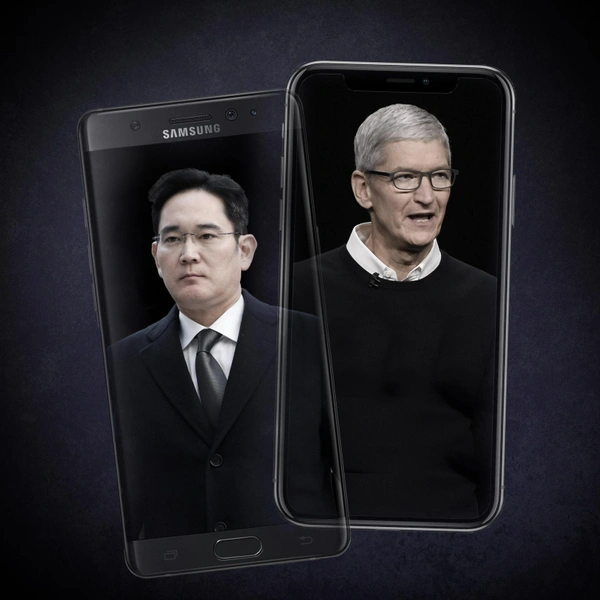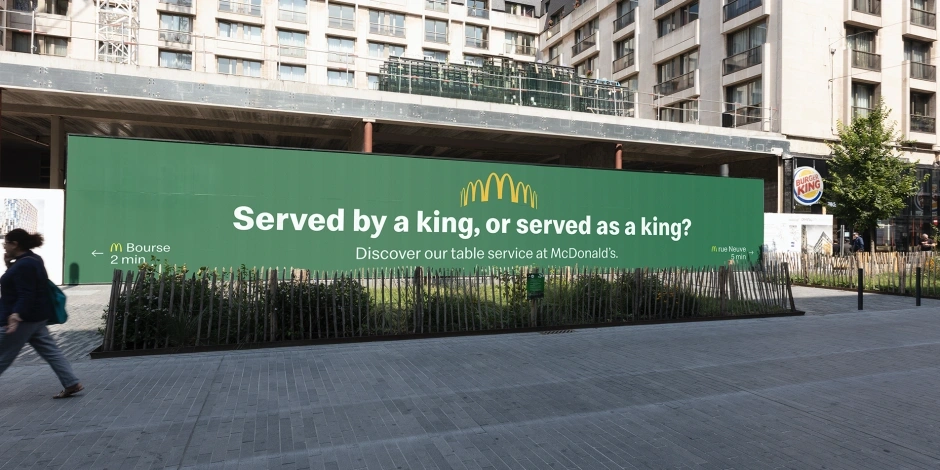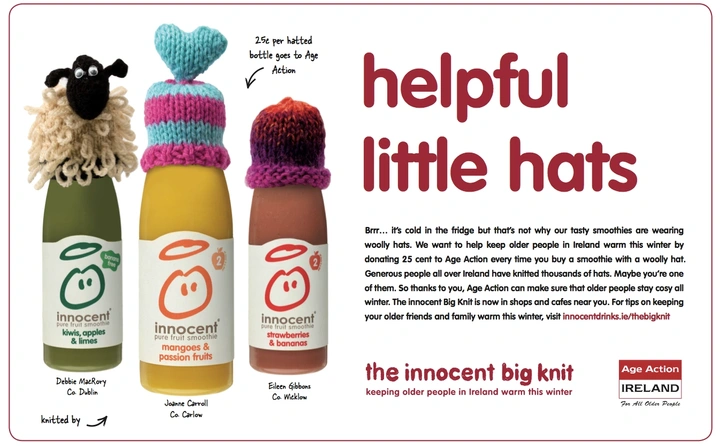The power of emotional marketing to build customer loyalty
Published on February 06, 2023 - Updated on December 05, 2023
The power of emotional marketing to build customer loyalty
Emotions play a crucial role in human decision making. Indeed, they can influence our perception of the value of a product or a brand, and direct our choice towards one product rather than another. Research in neuroeconomics (such as Antonio Damaso's "Descartes' Error") shows that the brain regions involved in decision making are closely linked to our emotional system. Thus, emotions can have a considerable impact on our purchasing behavior, by encouraging us to prefer buying products from a brand that gives us positive emotions. This is why many companies seek to use emotions in their marketing strategy to reinforce the loyalty of consumers towards their brand.
What is emotional marketing?
It is a marketing technique that aims to establish an emotional connection between a brand and its target audience. It focuses on the feelings and emotions that the brand evokes rather than on the purely functional characteristics of the product. This strategy aims to create a lasting relationship between the brand and consumers, encouraging them to feel connected to the brand on a personal level. With the rise of social media and online advertising, emotional marketing has grown considerably in recent years and continues to be a crucial part of marketing strategy for businesses of all sizes. But why is it so effective?
Well, simply because nowadays, the customer experience and the emotion it provides is the main differentiating factor between brands.
Why is emotional marketing so efficient?
After all, many of the products we buy are available under private labels and are made with the same ingredients and at lower prices. So why do we choose to pay more for premium brand products? The answer lies in the emotional connection these companies make with us.
Indeed, if we compare the purely factual characteristics of the new smartphones from Samsung or Apple for example, the differences are minimal. The choice will often be based on the preference of each and the attachment to the brand.
However, behind this choice, there is an emotion felt. The latter plays a key role in the choice between a Samsung or Apple smartphone because it will influence our perception of the value and quality of the products. For example, the association of a brand with a feeling of prestige or comfort can lead consumers to prefer this brand over another. In addition, emotions can also influence our opinion of product functionality and design, leading us to perceive them as more attractive or convenient. Finally, brand loyalty can also be driven by positive emotions such as pride or attachment. Samsung and Apple have understood this and are aware of the importance of emotion in consumer choice. This is why they seek to create an emotional connection with their customers through their marketing and branding strategy.
Let's take two examples :

Advertising for the Apple Watch - Dear Apple
In this "Dear Apple" ad for the Apple Watch, the apple brand seeks to evoke a strong emotion in you by letting their customers tell the personal story they have with their connected watch. The emotion evoked is even stronger as these stories are testimonials of how the Apple Watch saved their lives. Watching this ad, Apple is not even presented as a brand that provides high-tech products, moreover no technical features of the Apple Watch are highlighted. It is presented as a real assistant of your life.

Samsung Advertisement "You are the Gift"
Samsung also plays on the emotional aspect in this ad "You are the Gift" but differently. Indeed, the Korean brand highlights the emotional connection between its customers and its smartphones. The message is clearly oriented on the relationship you will have with your Samsung phone. The latter is personified when we see the phone having a "love at first sight" with the actress of the ad. Everything is done to arouse emotion in the customer.
That's the whole point of emotional marketing, to succeed in creating this link. When this is the case, the benefit for companies is enormous. According to a Disney Institute study, emotionally engaged customers tend to be :
- At least 3 times more likely to recommend a brand to others
- 3 times more likely to buy from that company again
- less likely to buy from competitors
- much less price sensitive
How does it work?
We tend to believe that our decisions are based on rational or analytical processing of our options. We like to believe that we are in control, that our evaluations lead us to make the right or best decision, and that we are not influenced by branding or advertising.
However, even though they sneak up on us in very subtle ways, emotions are the main drivers of the entire decision-making process. Decisions are emotional, not logical.
According to neuroscientists, emotions greatly influence and, in many cases, even determine our purchasing decisions:
- emotional reactions are 3000 times faster than rational thought.
- the emotional parts of the brain process sensory input 5 times faster than rational thought.
- the persuasion ratio of emotion to reason is 24 to 1.
Emotional marketing is effective because it seeks to provoke a strong emotion in our brain before we try to rationalize it.
If we take our previous example:

For most people, the reaction to one of these two brands is emotional, not rational. It is linked to your experience with the brand, the products and even the associated lifestyle. That's why it divides consumers so much and why it's so easy to categorize pro-apple and pro-samsung.
And this is not the only example we have of brands that play on this emotional aspect to create a strong community. We can think of Coca-Cola and Pepsi, Nike and Adidas, Playstation and Xbox or McDonald's and Burger King.
The brands themselves play with it as we can see on this McDonald's ad that sends a nice nose at Burger King.

How to implement emotional marketing?
1. Storytelling
Everyone loves a story. In the Apple ad we saw earlier, it's all about storytelling and the story that Apple Watch owners tell us with their watch. That's why it's so effective.
But they are not the only ones, Airbnb is also very effective in this sector by making ads focused on the emotion experienced during family trips in Airbnb accommodations.

Airbnb Advertising - Family Moments
This also exists in other formats than video. For example, in this ad, Innocent plays on the compassion of its customers to communicate its commitment to isolated elderly people.

So how do you set up good storytelling for your brand?
Know your brand: To create a good brand story, it is important to understand your brand personality and what makes it unique. This can include the brand's core values, goals, mission and targets.
Define your target audience: By knowing your audience, you can better understand their expectations and needs and tailor your storytelling accordingly. To do this, you need to determine all the information that can be useful to build your persona: age range, purchasing power, geographical location, interests, etc.
Develop a storyline: Write a detailed script for your brand story that includes a beginning, middle and end. Make sure the story is consistent and reflects your brand's values and personality. You also need to be clear on the message you want to convey via this storytelling.
Create a character or hero (optional): To make your brand story more interesting and memorable, you can also consider creating a character or hero who will represent your brand and interact with your audience.
Use different media: To deliver your brand story, be sure to consider all types of media available such as videos, images, written content, social media, etc. Make sure your message is consistent and appropriate for the medium used.
Measure and improve: Once your brand story is out there, it's not over! Measure the results and adapt your strategy on an ongoing basis. This may include adjusting your script, improving the quality of the media used or adding new elements to your story.
By following all of these steps, you'll be able to create a compelling and memorable brand story that will help you build brand awareness and lasting relationships with your audience.
2. Measure your customers' emotions
To achieve a good emotional marketing campaign, you have to measure your customers' emotions. Indeed, storytelling is not enough, if your story is very well crafted but your customer experience does not follow, it will be even more disappointing.
This is why it is important to measure customer emotions for different reasons:
Understand the customer experience: As mentioned earlier, customer emotions are a great indicator to measure the experience with your brand. If customers are happy and satisfied, then you are offering a quality product or service. You can use this to turn your customers into promoters for your brand and increase the emotional connection with them.
Improve products and services: If customers are dissatisfied or frustrated, this can be an indicator that you need to improve certain aspects of your product or service.
Build lasting relationships: This ties in with point 1, but your customers who experience the most positive emotions towards your brand are more likely to remain loyal to your company and recommend your products or services to their friends and family.
Build your brand: Your customers' emotions can also help build your brand's image and awareness.
By measuring customer emotions, you can get an overview of customer satisfaction and experience with your company. This allows you to identify strengths and opportunities for improvement to build lasting relationships with your customers.
So how do you identify the emotions experienced by your customers?
Polls and surveys: Online or phone surveys can help gather customer opinions and emotions. You can ask open-ended or closed-ended questions to get detailed feedback on their experiences. Then with a semantic analysis tool like Q°emotion, you can identify emotions through the words used by your customers. If you are interested in the subject, you can book your personalized demo.
Emotion analysis: As mentioned in the previous paragraph, semantic emotion analysis can help determine the primary emotions (joy, positive surprise, fear, sadness, anger and disgust) associated with your brand from textual data such as comments on social networks, surveys, reviews on specialized sites, etc.
Behavioral data analysis: Behavioral data such as time spent on your website, clicks and purchases can provide insights into customer emotions of satisfaction and frustration on your digital customer journey.
Focus groups: In-person or online focus groups can provide deeper insights into customer emotions about your brand.
By using these different methods, you can get a complete picture of customers' emotions and better understand their experience with your company.
3. What emotions are most effective in engaging your customers?
However, we can still retain that depending on the message to be conveyed, the emotions aroused are not the same.
We can think of this advertisement of the road safety which tries to provoke fear to mark the spectator, to shock him and to push him to be careful on the road not to find himself in this situation.

On the other hand, joy will be more effective when promoting a culinary product or a family vacation.
Surprise will be very effective for technological and innovative products to arouse curiosity and respect for the product.
As you can see, beyond the effectiveness of a particular emotion, it depends mainly on what you want to put forward in your communications.
To conclude this article, we can say that emotional marketing plays a crucial role in consumers' buying decisions. By using emotions such as fear, surprise or joy, companies can establish a strong emotional connection with their customers and turn them into brand ambassadors. Ultimately, emotional marketing can be a powerful tool for companies in their quest to build customer loyalty and grow their brand.
Similar posts
Customer Experience vs. Customer Success: Understanding the differences and maximising customer loyalty through emotional analysis
Published on October 29, 2024 - Updated on November 04, 2024
In an increasingly competitive business environment, companies must now redouble their efforts to capture and retain customers. According to a recent study by Forrester , 73% of companies now...
Reduce holiday stress with Q°emotion: How brands can manage customer emotions over Christmas
Published on October 29, 2024 - Updated on February 14, 2025
Reduce holiday stress with Q°emotion: How brands can manage customer emotions over Christmas Introduction: The Christmas paradox Although Christmas is traditionally a time of joy, sharing and celeb...